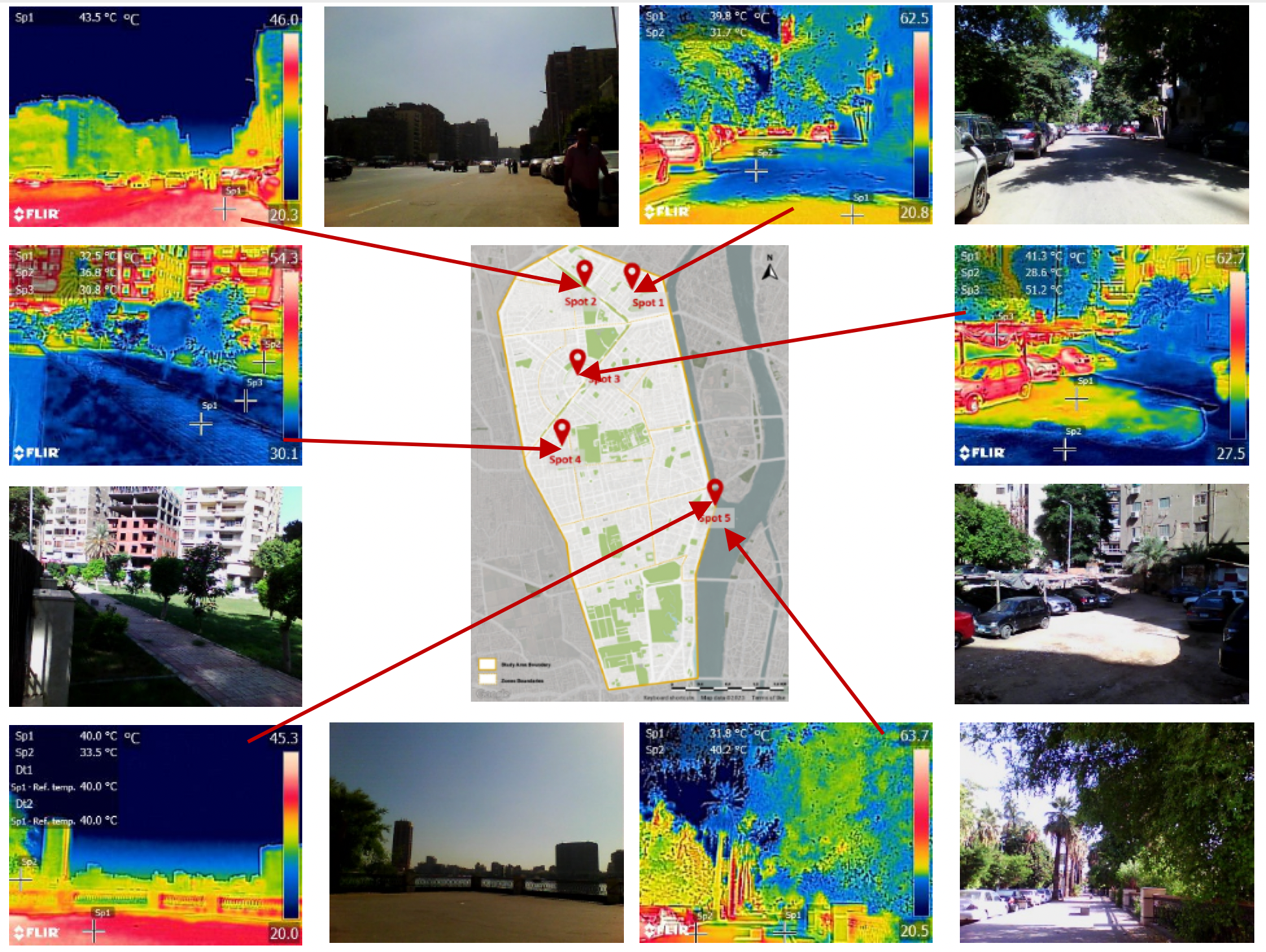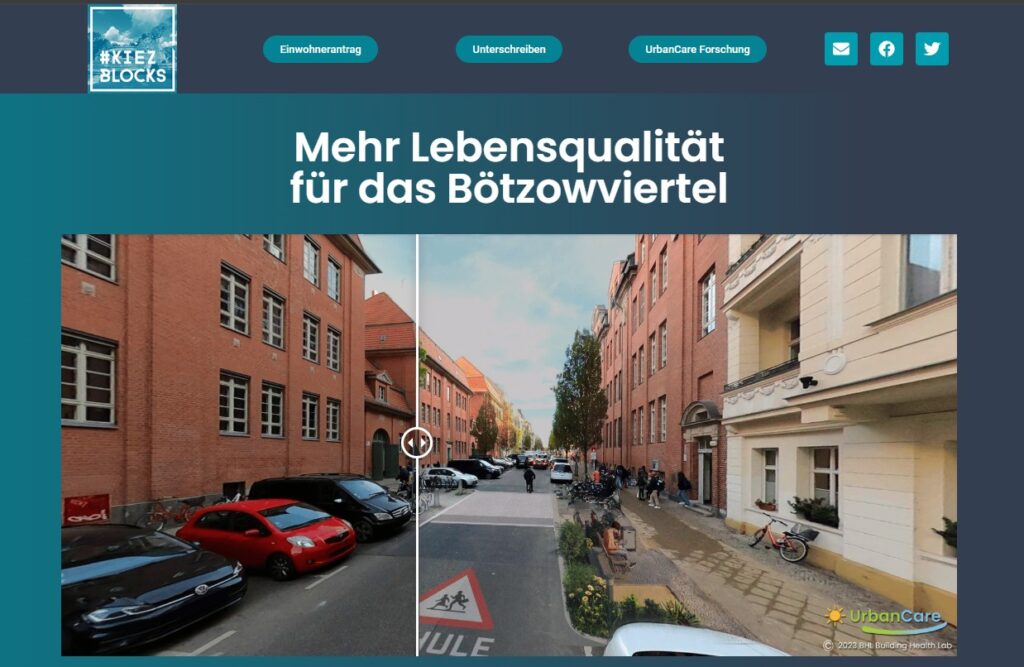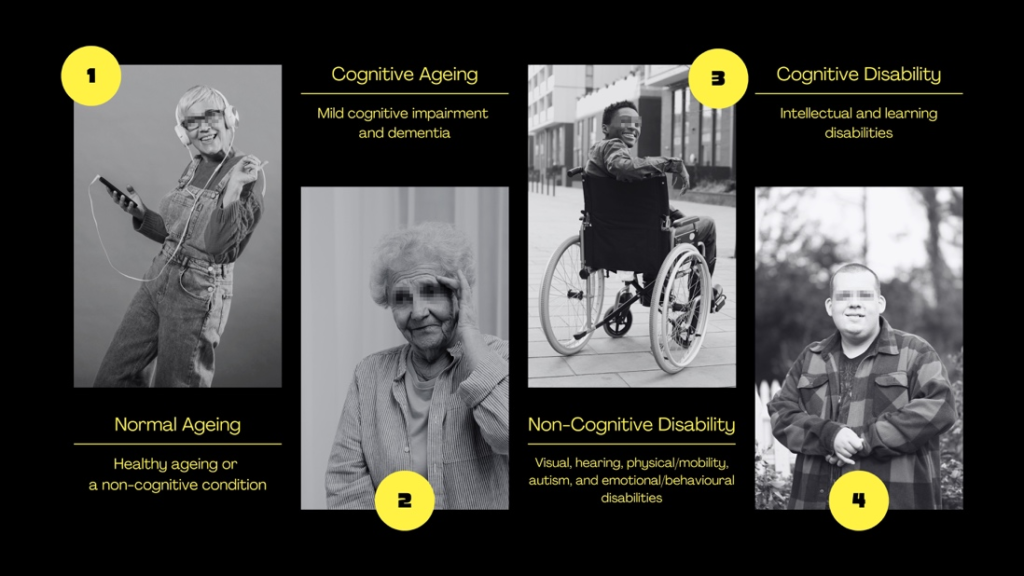City Know-hows

This study on Greater Cairo Region, Egypt, addresses urban challenges through “urban micro-lungs.” It explores designing green corridors responsive to local climate and space constraints, emphasizing resilient, public health-focused interventions for hyper-dense cities in the Global South.
Share
Target audience
City officials in the Global South; Public health specialists; Urban Development Agencies
The problem
The COVID-19 pandemic exposed the deep connection between citizens’ health and urban health, revealing the need for cities to undergo transformational action to restore their relationship with nature. Current urban planning results in increased temperatures and the Urban Heat Island effect, exacerbating health risks. Cities like Cairo face compounded issues of pollution, inadequate green spaces, climate change impacts, and water management challenges, necessitating resilient and sustainable interventions to promote public health and environmental resilience.
What we did and why
We conducted this research to bridge gaps in understanding how green spaces impact public health in densely populated cities like Greater Cairo. We reviewed theories, analysed international case studies, and mapped green spaces using remote sensing. Extensive fieldwork, surveys, and questionnaires were carried out to gather data on air quality, noise, and public health. Our goal was to develop evidence-based design guidelines for creating green, healthy urban environments that are resilient and regenerative.
Our study’s contribution
Our study demonstrates the critical need for active green spaces to combat physical and mental health issues exacerbated by minimal activity. We identified correlations between tree presence and improved mental and respiratory health, challenged existing green neighbourhood indicators, and highlighted urban greening’s potential despite socio-economic and environmental challenges in Greater Cairo. Our findings underscore the importance of tailored greening strategies for densely populated cities.
Impacts for city policy and practice
Our findings underscore the necessity for city policies to prioritize active green spaces to mitigate physical and mental health issues. We highlight the need to revise green neighbourhood indicators and advocate for tailored urban greening strategies. Practical implications include integrating urban greening with water management, enhancing public spaces for activity, and addressing socio-economic disparities in green space access to create resilient, health-promoting urban environments
Further information
Full research article:
Activating urban micro-lungs within highly dense cities: creating green and healthy corridors in Greater Cairo region by Heba Allah Essam E. Khalil, Sherin Gammaz, Ibrahim Youssef, Mohamed Haroun, Dina Shahin & Yasmina Ragab
Related posts

This thermal study is part of an urban ecosystem evaluation to inform a pedestrian plan in Berlin. Germany.

Thailand has spent 16 years developing design guidelines for the elderly and people with disabilities. Still, accessible design for cognition remains inadequate for the impending super-aged society. This mismatch emphasises a critical failure in design planning that demands urgent improvement.

How will COVID19 change our relationship with public space and the future of city design? We outline the key ways in which city planning and the design of public space may change as a result of the COVID19 pandemic.